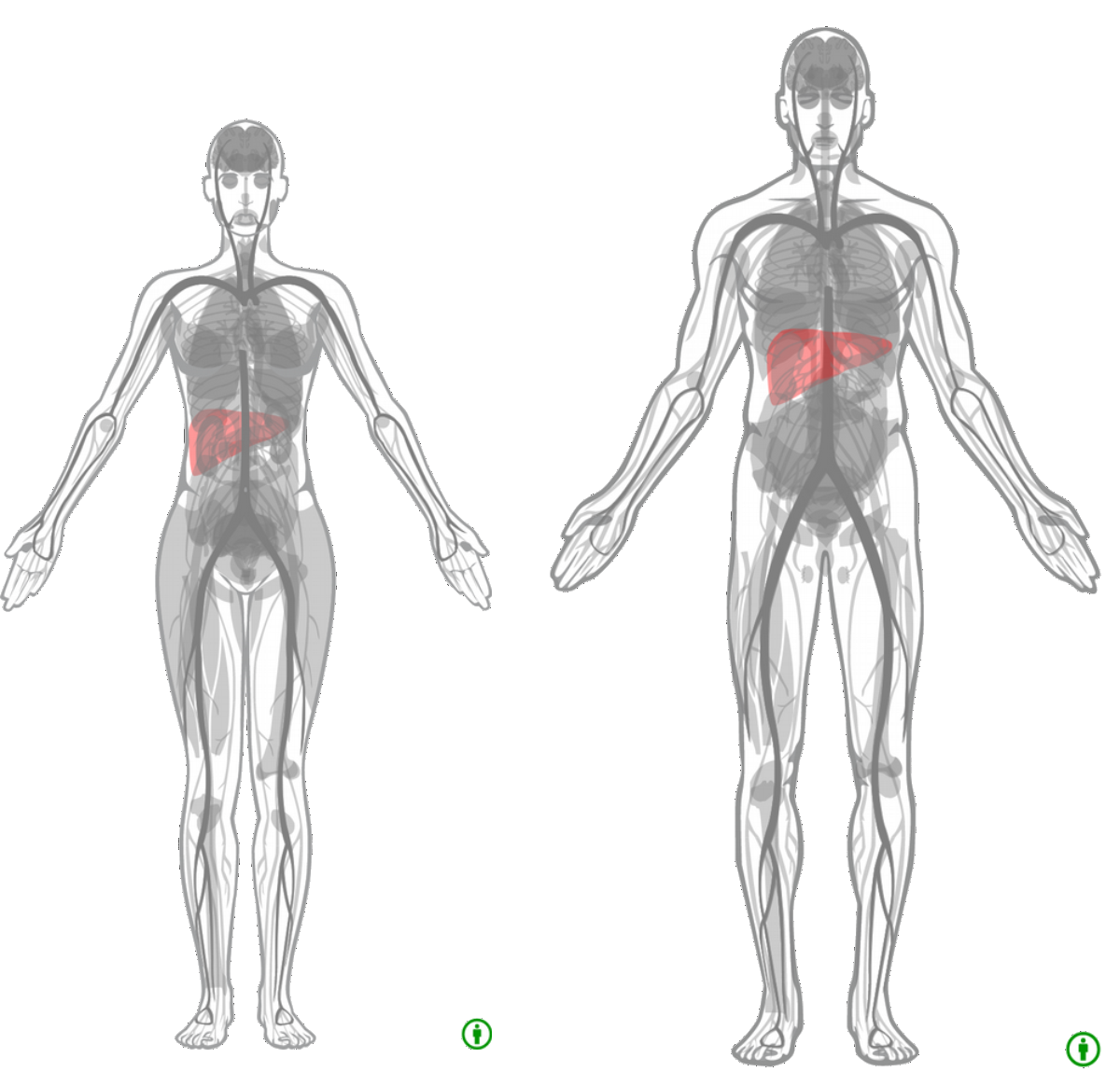Introduction¶
This document provides a high level overview into resources and tools used to build physiological-based pharmacokinetics/pharmacodynamcis (PK/PD) models in the König group.
This tutorial files are available from https://github.com/matthiaskoenig/pkdb_tutorial.

Within this tutorial the resources and information will be provided to build a PK/PD for a given drug or substance. See the following introductory talk giving an overview of basic concepts and the work in our group Physiological based pharmacokinetics models for analysis of liver function.
A good introduction to the basic concepts in physiologically based pharmacokinetic modeling in drug discovery and development can be found in Jones2013.
Example projects¶
A project such as a bachelor thesis or an internship project focuses on the modelling of a single drug or substance. Within the project an existing template of a physiological whole-body model is adapted for the respective substance. This includes building of tissue specific models for the organs of relevance (often liver and kidneys) and applying the resulting model to a biological question.
Multiple such projects have been finished, for instance
Computational modelling of simvastatin - Effects on HMG-CoA reductase activity and cholesterol levels
Bartsch2020.Computational modelling of midazolam clearance - Effect of inhibitors and inducers
Duport2020.
Resources¶
Introductory presentation,
Physiological based pharmacokinetics models for analysis of liver functionBartsch 2020, bachelor thesis, Computational modelling of simvastatin - Effects on HMG-CoA reductase activity and cholesterol levels
Thesis_Bartsch2020Duport 2020, bachelor thesis, Computational modelling of midazolam clearance - Effect of inhibitors and inducers
Thesis_Duport2020Jones H, Rowland-Yeo K. Basic concepts in physiologically based pharmacokinetic modeling in drug discovery and development. CPT Pharmacometrics Syst Pharmacol. 2013 Aug 14;2(8):e63. doi: 10.1038/psp.2013.41. PMID: 23945604; PMCID: PMC3828005.
PDF